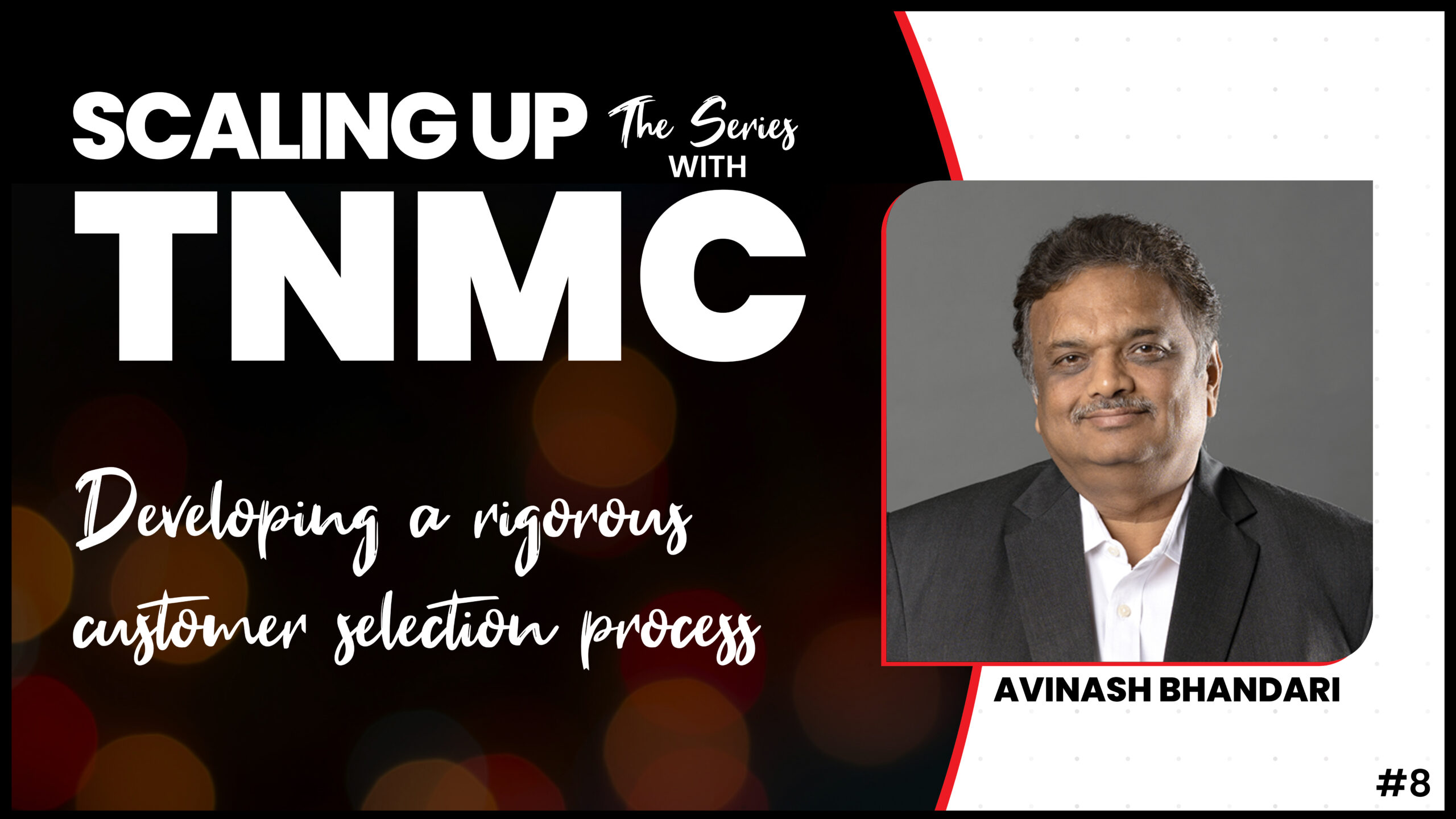
Scaling up requires developing a rigorous customer selection process
As businesses embark on the transformative journey of scaling up, one critical aspect that often determines success is the meticulous development of a rigorous customer selection process. This is the starting point of developing a business design.
Not many small businesses think about this critical aspect of business. Since customer acquisition is anyways difficult when the businesses are small, businesses acquire whatever is available. Businesses need to keep in mind that no business in the world is designed to serve all customers, however big it might be.
The idea of the customer selection process is to select a set of customers where the company can create substantial, differentiated, and sustainable value. A set of customers who will see great value in the products or services the company is providing. A set of customers where the company can outpace the competitors by a huge margin. A set of customers where the company does not have to continuously lower the prices because the offerings are not differentiated. A set of customers where the company can continue to create exceptional value and thereby exert some level of strategic control. It involves understanding the specific needs and expectations of key customer segments and tailoring offerings to meet and exceed those expectations. The idea of the customer selection process is therefore also to say “no” the customers where the above conditions are not going to be met.
The starting point in crafting an effective customer selection process involves a deep dive into the current customer landscape. This introspection demands answers to crucial questions: Who are my current customers? A company that does not have comprehensive customer information is running blindly. Various aspects of the current customer base must be understood to be able to keep the business design relevant. Which customer segments are growing? What are the drives of their growth? How can we increase the market share in such growing customer segments?
Customers need to be categorized in various groups so that their behaviours can be analysed accurately. Customer segmentation is critical starting point and you might want to segment them or group them by age, income levels, industry, high vs low potential, frequency of purchase, quality vs price consciousness, OEM vs retail, large vs small, continuous vs one time, application, sensitivity to price and many more. Each segment is different from others and their expectations could be different. Organizations then need to figure out which groups do they wish to serve. Understanding the changing priorities of the current customer base is also critical.
Once the priorities of the current customer base are well understood and company aligns its products and services with these priorities, the company can start to look at expanding the boundaries of the customer base. Who should be my customer? Which new customer segments can be added? Which segments will value what the company does? Can the company look at some adjacencies? Can it look at new territories? All this must happen without diluting the core value proposition.
Profitability is a linchpin in the scaling up equation. Another facet of a rigorous customer selection process involves evaluating whether each customer is contributing to the organization’s financial health. This examination goes beyond mere revenue generation to ascertain if the relationship allows for a sustainable and reasonable profit margin. Not all customers are created equal, and recognizing this is vital in the scaling-up process. Distinguishing between profitable and non-profitable customers is a strategic move. This segmentation allows for focused resource allocation, ensuring that efforts are concentrated on cultivating relationships that contribute meaningfully to the bottom line. By identifying and nurturing profitable customer segments, businesses can make the growth more sustainable. Which customer segments are profitable? How can we grow market share in such segments? Which customer segments are not allowing us to make profits? What is our compulsion to continue servicing such non-profitable customers? Can we tweak the value proposition to exercise better strategic control over such non-profitable customers thereby improving price realizations or profitability.
Through this rigorous customer selection process, businesses can lay the foundation for sustainable growth, ensuring that every customer relationship contributes not just to revenue but to the overall success and longevity of the organization.
In our own journey ( in my previous organization ) where we achieved 150X growth over a 15 years period, we used the customer selection theme extensively. We continued to move away from customers where our value propositions were fading or our profitability was challenged. Swiftly, we moved to customers where we could clearly out distance our competitors through uniqueness of our value propositions and where we could be more profitable. This allowed us to grow sustainably and profitably.

